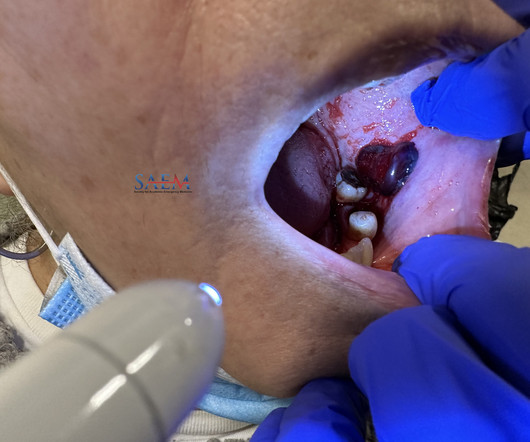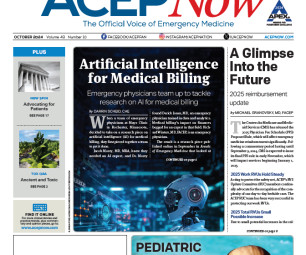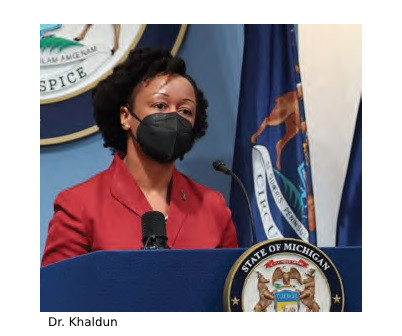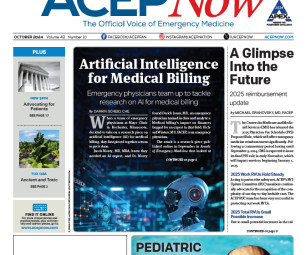Chest Tube Size: The Argument That Never Dies
The Trauma Pro
OCTOBER 11, 2024
I’ve written many posts in the past about the arguments surrounding chest tube size: large bore vs. small bore (pigtail). For the longest time, only a few decent papers were looking into this debate, and subject numbers were small. The best the papers could say was that “small-bore chest tubes are not inferior to large-bore tubes.” Not that this is not the same as saying, “small-bore tubes are better than large-bore tubes.” But finally, after more than ten years, th















Let's personalize your content